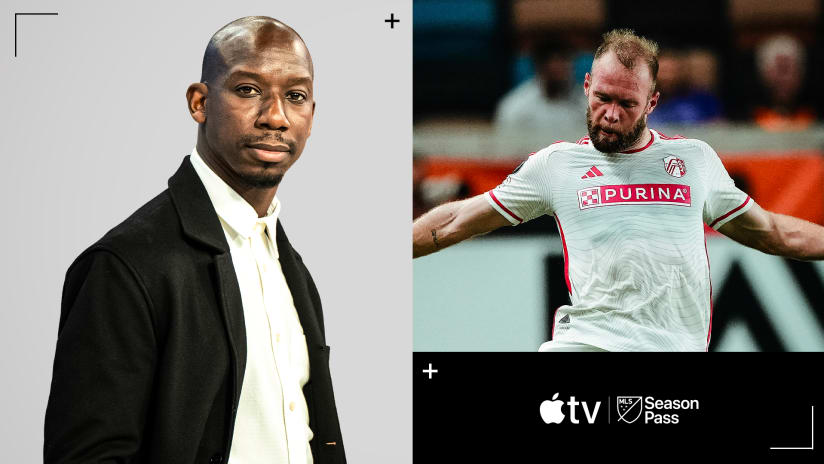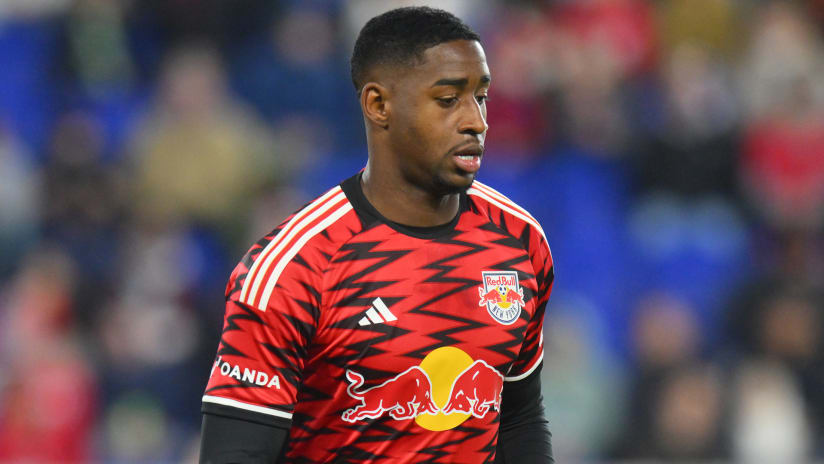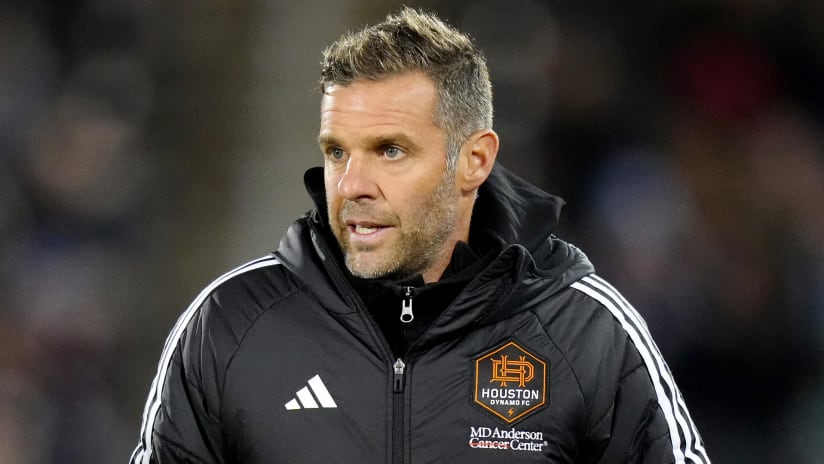Last week, I wrote a three-partseries looking at the US national team player pool, with a focus on who I thought would get called into the 30-man camp and then survive the cut to go to Brazil.
In the process of making that list, I realized something: the guys who you would have wagered, 10 years ago – or even as recently as five or six years ago – would be leading the US in 2014 simply aren't. The US squad is packed guys in their early to mid-20s, and has more than its fair share of guys on the other side of 30.
But that 27-30 sweet spot? It's not "barren," but it's underrepresented. And given that 27 through 30 is prime age for most soccer players, that's a bit odd.
Here's a Best XI of "afterthought" guys in that age group, including a league MVP, a two-time Defender of the Year, and multiple MLS Cup heroes. But none of whom will likely go to Brazil:
F:Mike Magee
F:Kenny Cooper
LM:Justin Mapp
RM:Lee Nguyen
CM:Benny Feilhaber
DM:Dax McCarty
LB:Corey Ashe
CB:Chad Marshall
CB:Drew Moor
RB:Marvell Wynne
GK:Luis Robles
These aren't scrubs. A number of the guys in this group were on the field when the US beat Lionel Messi's Argentina in the 2005 FIFA U-20 World Cup. A number of these guys have represented the US in Gold Cups and Copa America, and – for Feilhaber, at least – the World Cup.
And yet all of them are on the outside looking in.
Jonah Freedman and I discussed this phenomenon with two-time MLS Goalkeeper of the Year Joe Cannon on March to the Match, trying to figure out why an entire cohort of US talent has been so productive for their clubs but so overlooked for their country. (Click on the embedded show above or click here to download it.)
As I said, it's bizarre, and I don't have an answer.
I do have a theory, though: This is the cohort of guys who came into the league on the heels of contraction and dove into the churning rosters of rapid expansion. For many, that constant turnover of teammates and coaches meant a steeper climb into a leadership role – or even a starting role. It meant less guidance in the day-to-day off-field professionalism that most people (not just athletes) require in their late teens and early 20s. And it meant a longer road to realized potential.
It's only a theory, so take it with a grain of salt. But it's worth noting that the previous and following cohorts – the guys born from 1981-83, and guys born from 1987-89 – look like they'll provide the the bulk of Jurgen Klinsmann's squad.
The happy reality here, though, is that the US will be playing one major tournament per summer through at least 2017 (and hopefully into 2018), so the window isn't shut.
But it's closing fast on this American generation that never was.













